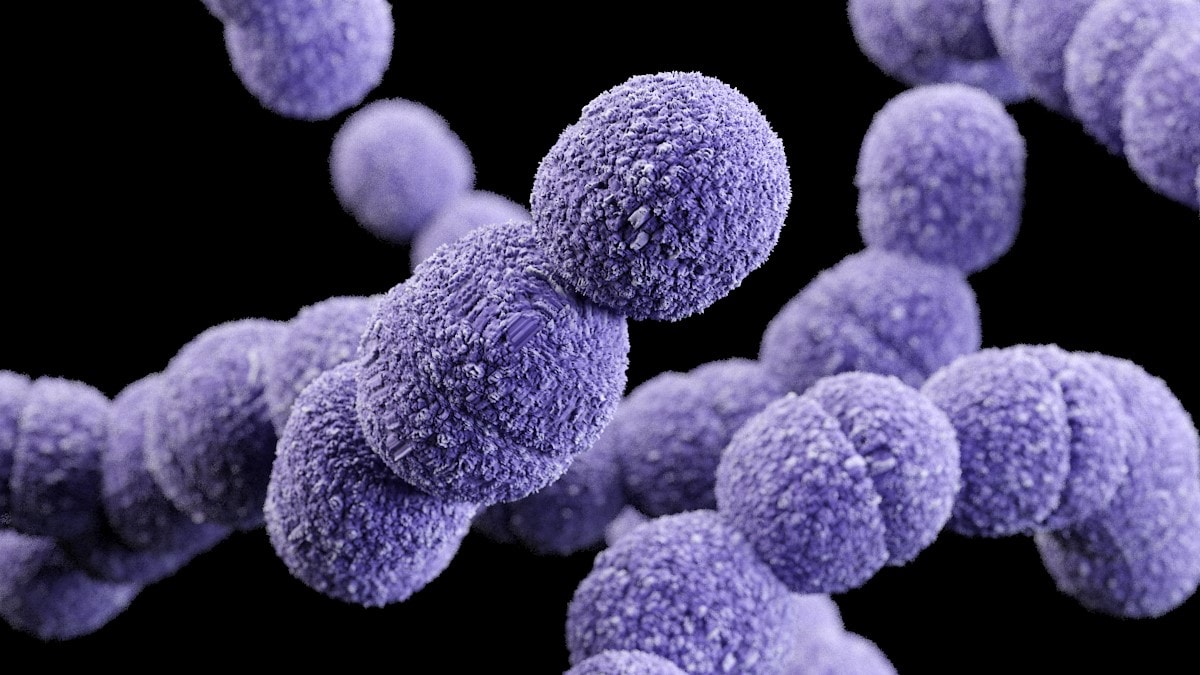Key points
- CDC's Streptococcus Laboratory is a reference center for Streptococcus agalactiae and other streptococcal pathogens of public health importance.
- Domestically, the laboratory supports national population-based surveillance for invasive disease.
- The lab also supports training and development of improved strain surveillance methods.

Background
S. agalactiae are bacteria that are commonly called group B Streptococcus or group B strep bacteria. They cause infection in people of all ages that is collectively called group B strep disease.
These bacteria are a common cause of severe infections in newborns during the first weeks of life. More recently, experts recognized the increasing impact invasive group B strep disease has on adults.
Surveillance activities
The laboratory supports CDC's Active Bacterial Core surveillance (ABCs) through the following activities:
- Serotyping S. agalactiae isolates
- Antimicrobial susceptibility testing
- Strain characterization by whole genome sequencing
Typing and characterization
S. agalactiae are currently divided into 10 serotypes based on type-specific capsular antigens. The serotypes are designated as Ia, Ib, II, III, IV, V, VI, VII, VIII, and IX.
Methods
There are multiple methods to perform S. agalactiae serotyping:
- Lancefield precipitation test
- Latex agglutinationA
- Real-time polymerase chain reaction (PCR)1
- Conventional PCR2
- Whole-genome sequencing3
Real-time PCR
Real-time PCR assays target the cfb gene (CAMP factor) in order to detect S. agalactiae. They are useful for detection directly from clinical specimens when culture is negative or unavailable. View a list of primer and probe sequences:
Get CDC support
- Several kits are commercially available.
- Breeding KM, Ragipani B, Lee KD, Malik M, Randis TM, Ratner AJ. Real-time PCR-based serotyping of Streptococcus agalactiae. Sci Rep. 2016;2(6):38523.
- Imperi M, Pataracchia M, Alfarone G, Baldassarri L, Orefici G, Creti R. A multiplex PCR assay for the direct identification of the capsular type (Ia to IX) of Streptococcus agalactiae. J Microbiol Methods. 2010;80(2):212–4.
- Metcalf BJ, Chochua S, Gertz RE Jr, et al. Short-read whole-genome sequencing for determination of antimicrobial resistance mechanisms and capsular serotypes of current invasive Streptococcus agalactiae recovered in the USA. Clin Microbiol Infect. 2017;pii: S1198-743X(17):30118–0.
